This Featherwing is a weather station that lets you monitor ambient temperature, humidity, pressure, light, and assorted gasses. All of this can be recorded onto an SD card.
The board uses 3 different sensors to monitor this information.
The AS3935 is a Franklin lightning sensor IC that detects lightning strikes and can tell approximately how far away they occurred.
The BME680 is a low power temperature, humidity, pressure, and gas sensor. All of these measurements are crammed into an impressivly small package.
The ALS-PT19 is an ambient light sensor, consisting of a simple photo-transistor. It has "close responsively to the human eye spectrum". It converts light into a current, which makes implementation simple.
All of these sensors are combined with a SD card holder, which allows the user to record data for future analysis. Perfect as a simple weather station!
 sirmylesavery
sirmylesavery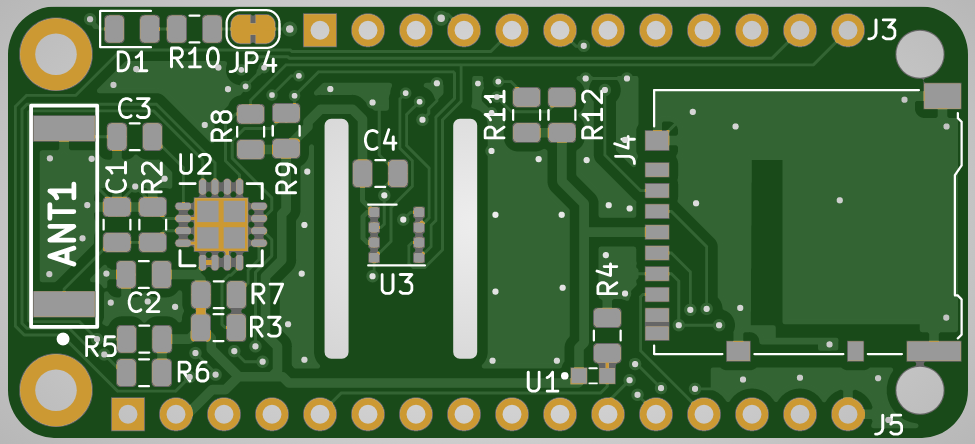
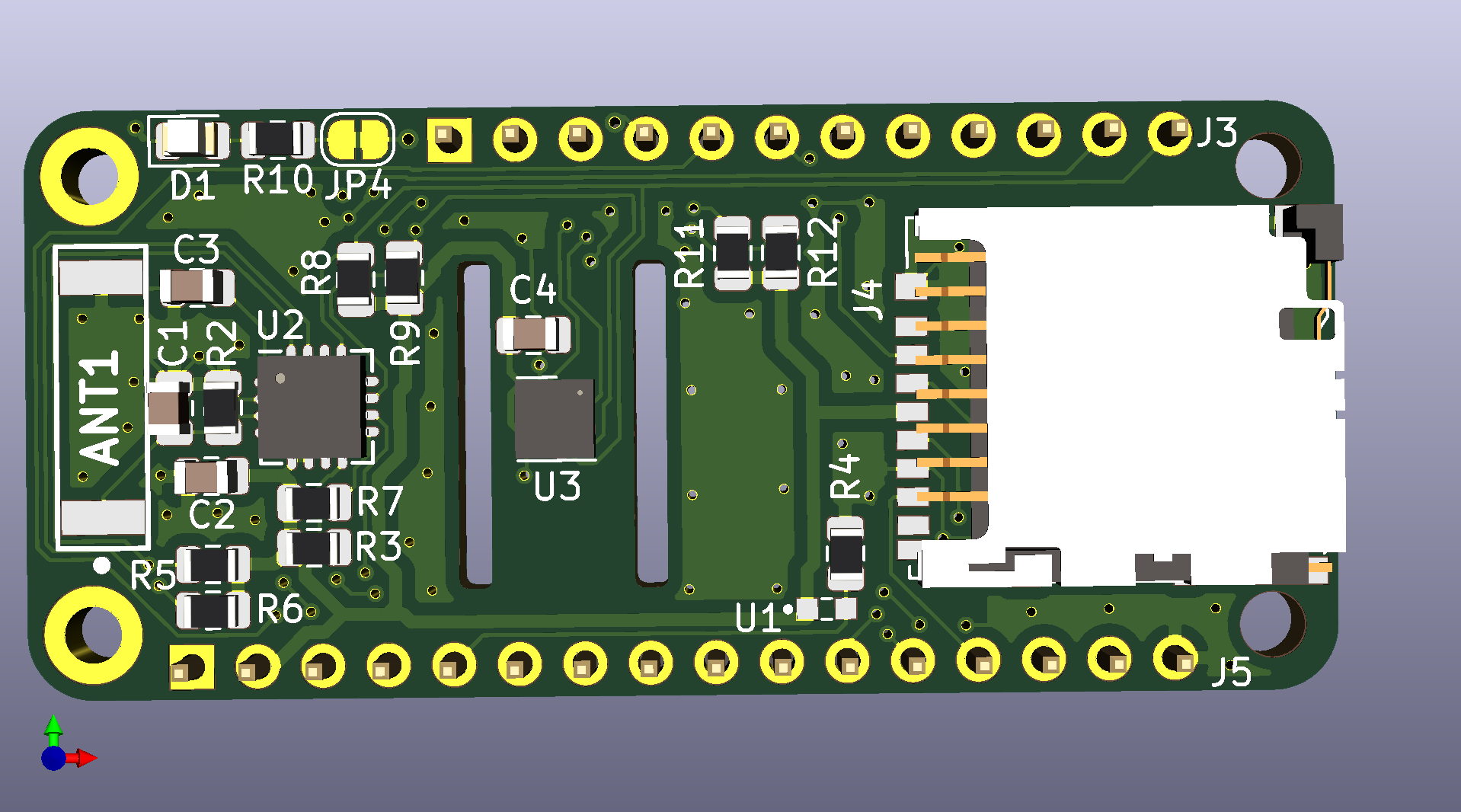
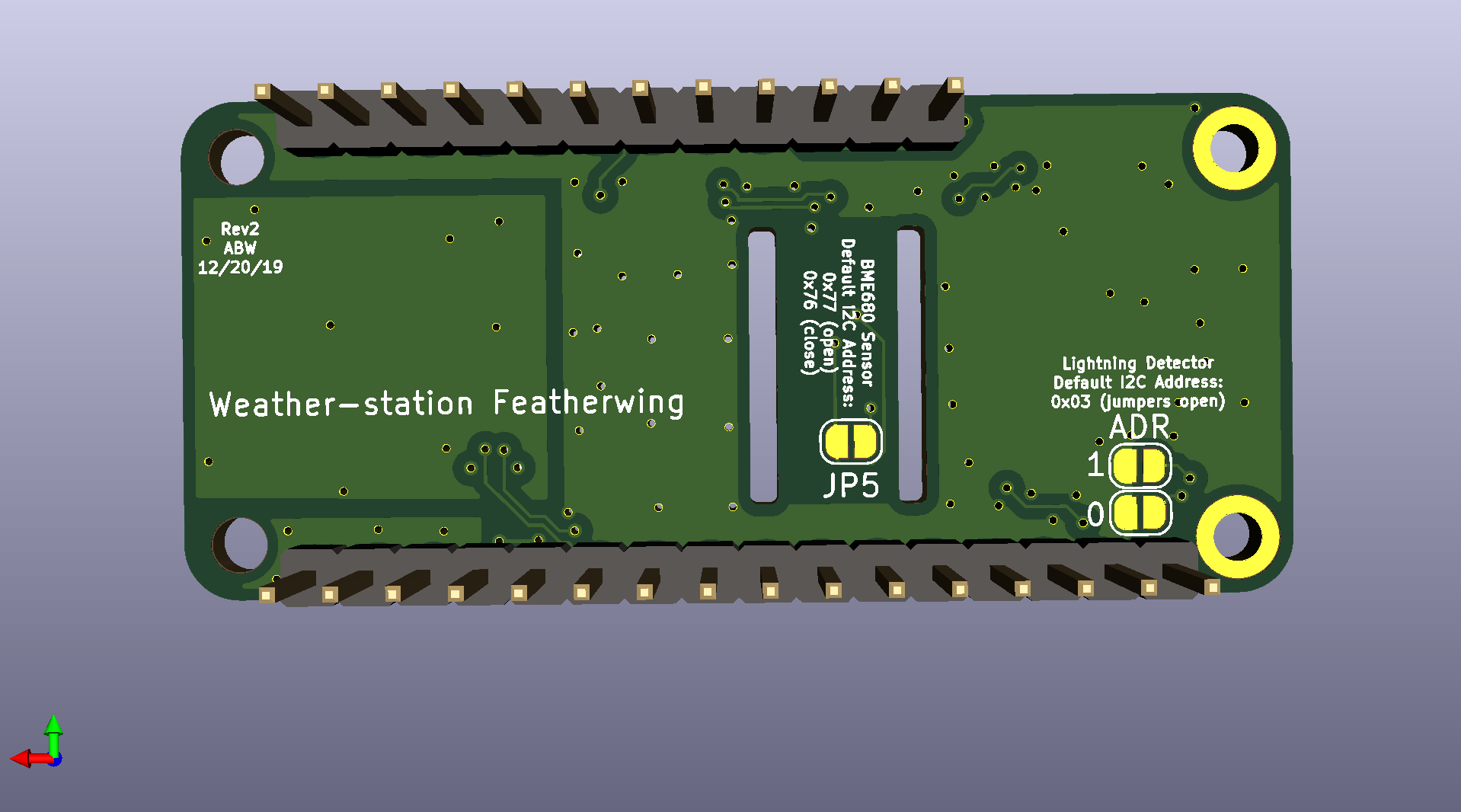
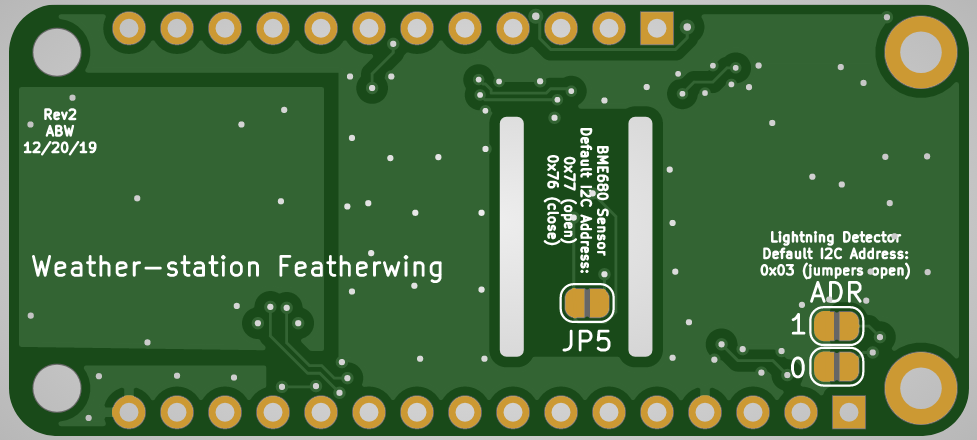
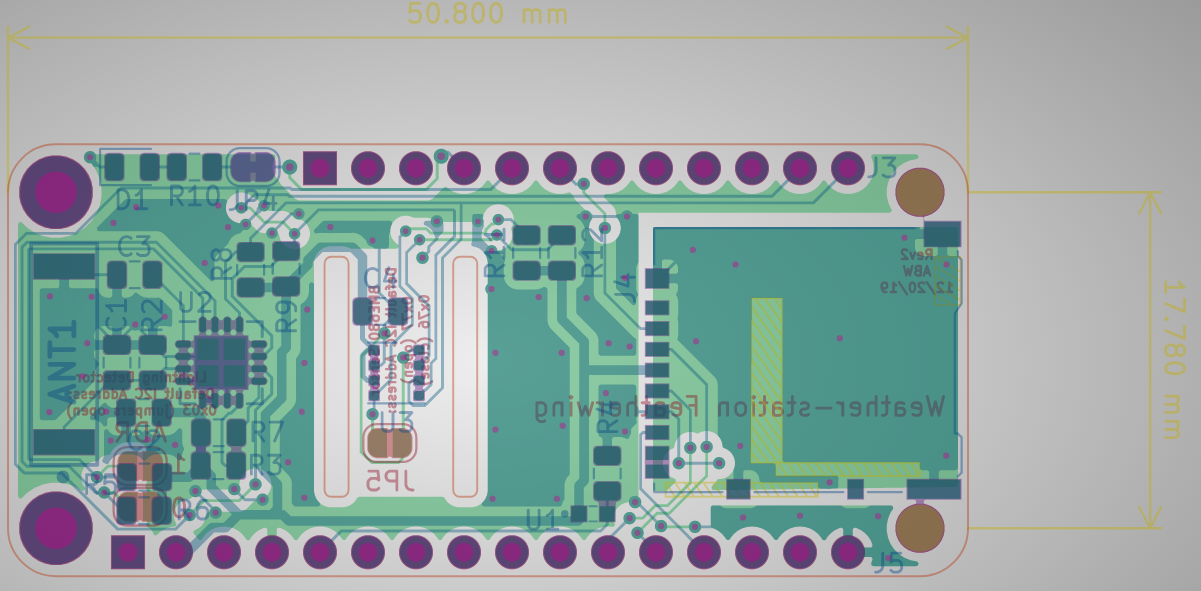
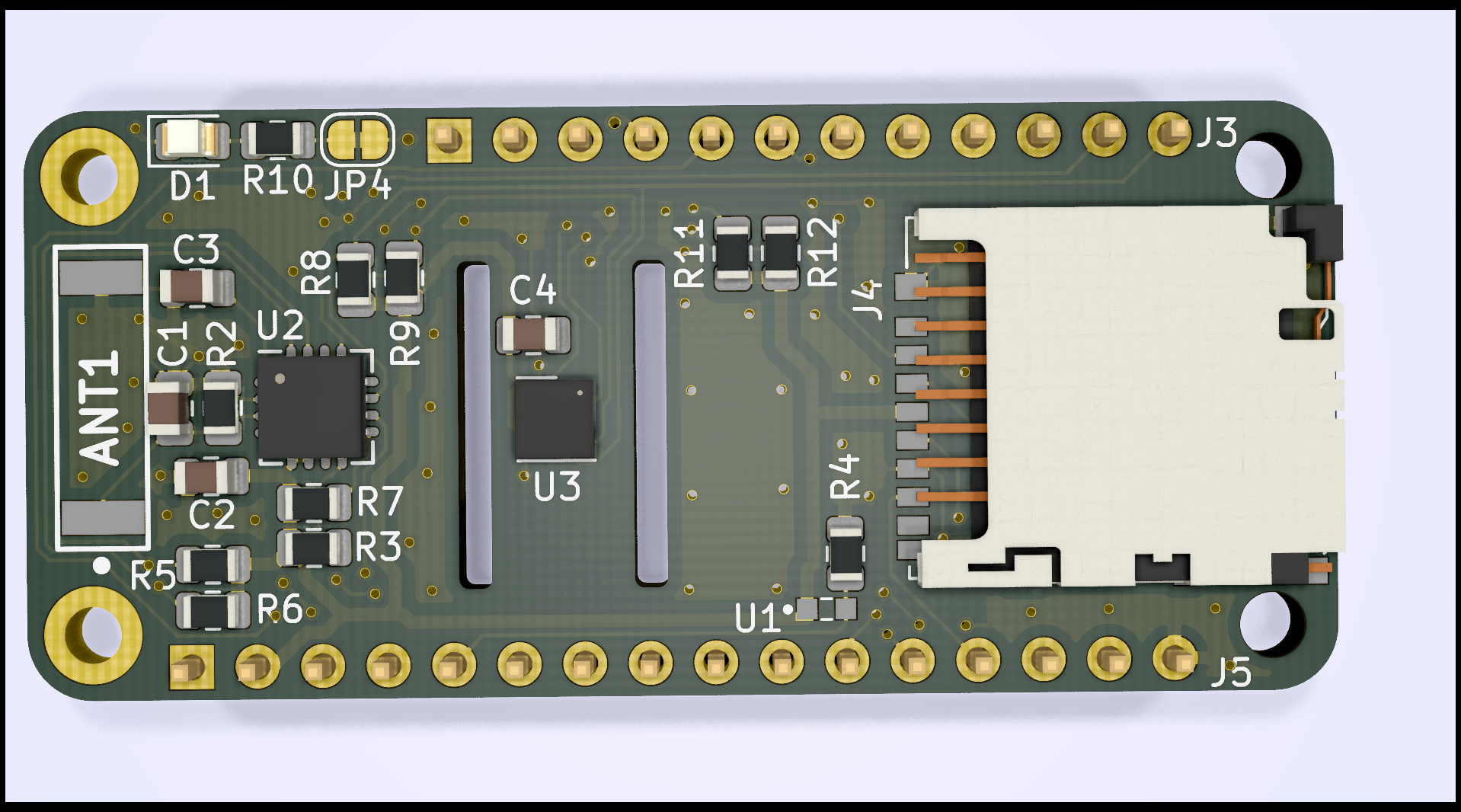





This is very cool! I assume this is meant for outdoor placement; though in that case I'd wonder if the CCS811 actually has any point to being on there. (Detecting natural gas leaks, perhaps?)
And I do see data connections, so I presume that the information could be transmitted to an indoor unit (using other components) to check on current conditions. Am I right in that?